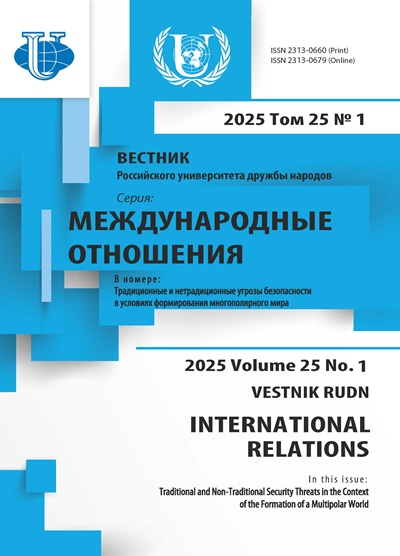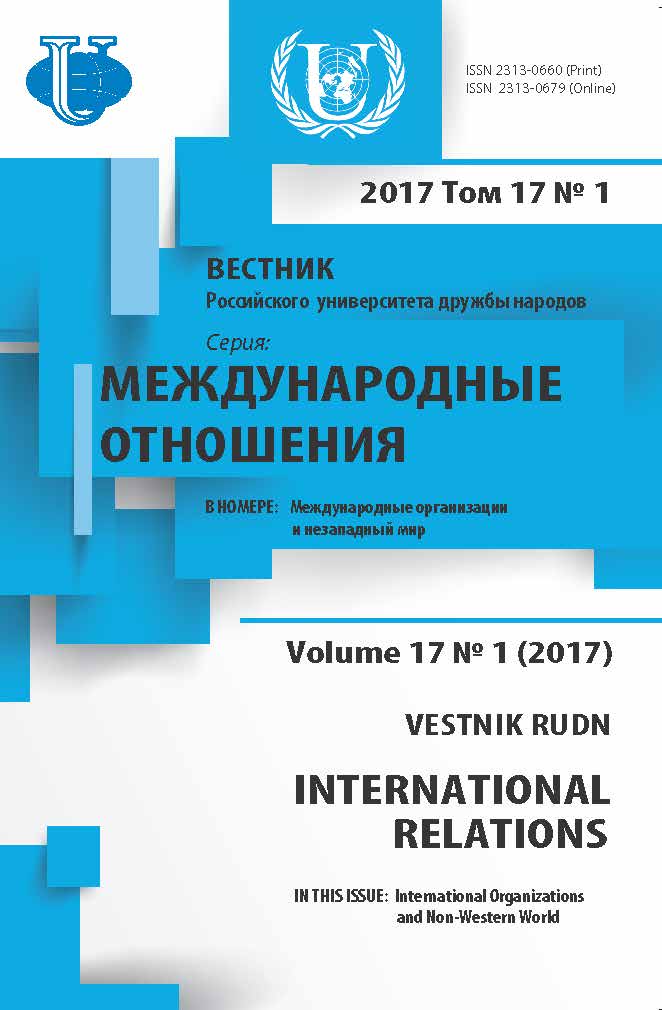Abstract
This paper re-evaluates the changing policies of the Soviet Union towards Indonesia during the era of Joseph Stalin and Nikita Khrushchev, by applying the contemporary theory of foreign policy change. After discussing the debates revolving around the theory of foreign policy change from Gustavsson and Hermann, this paper contends that if there were any changes, then the causal factors would likely be the interplay between the domestic factors and international factors, as Putnam has argued. This finding enhances the understanding that the domestic de-Stalinisation process undergone during Khrushchev’s era was not the only factor that might affect Soviet’s foreign policy. By using the case of Indonesia as the representation of the developing countries, the author shows that both sets of factors affected the changing policy. However, author also found that the systemic condition of the Cold War, namely the contestation between the US and USSR, was more influential than the domestic condition. This paper contributes to the deeper understanding of Soviet-Indonesia relations, the effect of domestic de-Stalinisation to foreign policy, and the feasibility of applying current theory of foreign policy change to an historical case.











